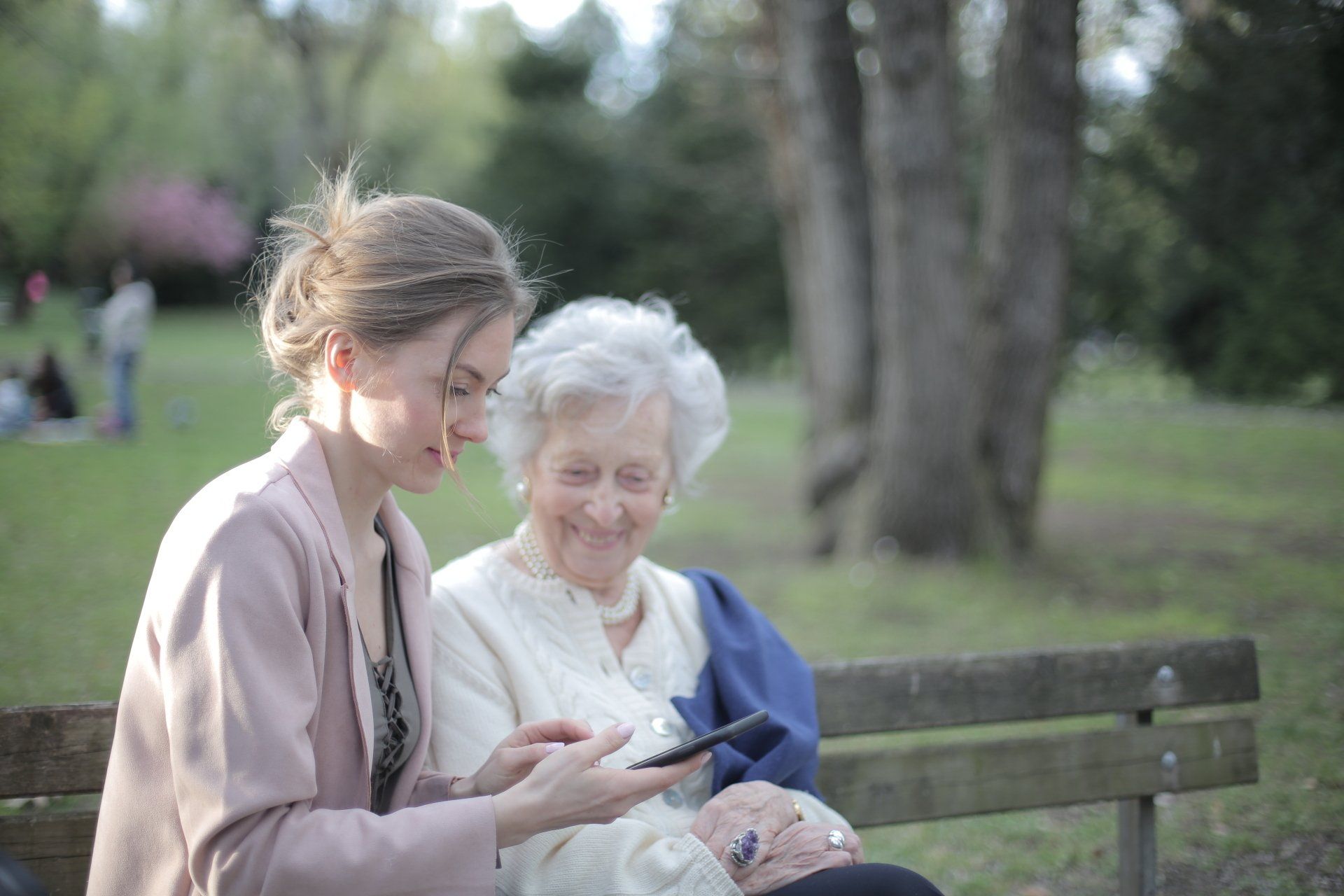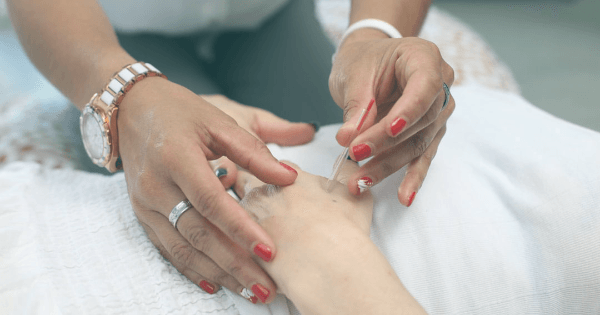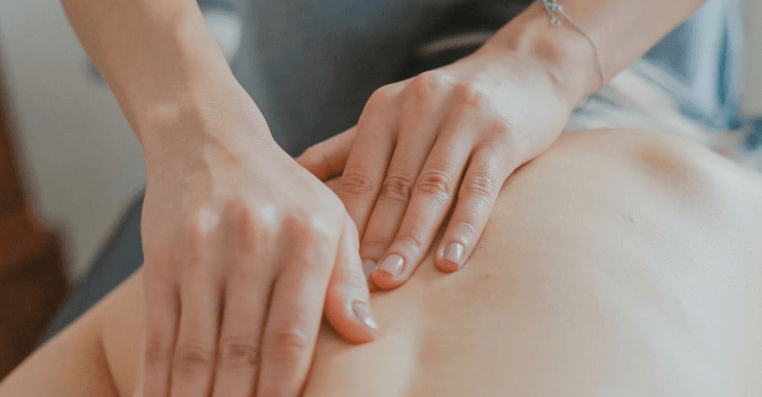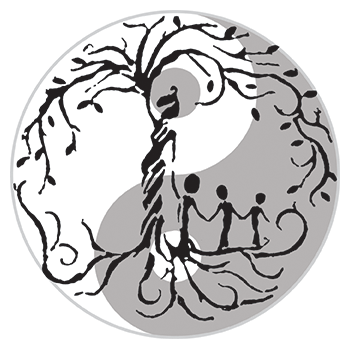How to Manage Decision Fatigue
Another choice to make. Another decision to make. When does it end? Does it ever feel as if you have a million decisions to make in a day, only to hit repeat for the next day? Then your spouse/friend/ partner asks what you would like for dinner and the all too famous answer of “i don’t care” or “ I don’t know” comes out. If this sounds like you, you might be suffering from what’s called, decision fatigue. Yes, this is a real thing.
Don’t believe me? According to the Cleveland clinic, if you are someone who makes many decisions each day that affects multiple people, you are going through a difficult life situation, there is uncertainty surrounding your decisions, and/or you are the perfectionist type, chances are you suffer from decision fatigue.
Now, this is not a DSM diagnosis but rather a phenomenon that occurs with people who are under increased amounts of stress and have to make many important decisions on a daily basis. This is more of an acute phenomenon than a chronic disease. If this lasts longer than a few days- a week, it may be time to consider some professional help, as this may be something more than decision fatigue.
Signs and symptoms include:
- Procrastination
- Being impulsive
- Exhaustion
- Decreased memory
- Short tempered
- “Buyers” regret
- Headaches/ GI troubles
So how do you manage this?
Some might say, “this is life” “I NEED to make these decisions or my family/work (insert here) won’t survive without me.” Well, maybe you don’t. Think about delegating some of your power to others in your family/ work/ etc… In my house, everyone has a day.
On your day, you get to make all of the decisions… what’s for dinner, who sits where, what’s for dessert. This worked out really great when my kids were toddlers and avoided many arguments. But how many decisions did they take off my plate, even at 3 years old?? Genius!! And I don’t have to make another choice for another person. Win/ Win!
Switch to AutoPilot.
Create a daily routine for mundane decisions. Have the same breakfast, drive the same route, have the same outfit in different colors, same place to order takeout from on Friday; whatever it takes to take more choices off your plate. Figure out what works for you and go with it.
Sleep on it.
Getting a good night's rest can clear the mind and make tough decisions seem so clear in the morning. Adults need at least 6-8 hours of sleep per night. When this is achieved, you are able to put your overworked brain into rest mode and it is able to restore and start fresh the next day.
Need to clear your head and stop it from spinning? Try a quick burst of exercise during the day. A quick brisk walk down the hallway, or down the block does a body good. It helps to release some of the stress and anxiety related to all of this decision making. Bathing the brain in endorphins and restoring some of the wires beginning to cross and causing you to burn out.
Don’t forget to breathe.
Breathing is so important and it sounds so silly to say but people all the time forget to breathe. And not just breathing to live and have oxygen floating around your body. I mean, really breathing. In your nose and out your mouth. Big, deep, belly breathing. Taking nice big deep breaths is not only good for your lungs but for your mental health and well being. Helps you to destress and keep things calm.
Calm down.
Ha! The two words that no one who is stressed wants to hear. But it’s true. Along with your deep breathing, you want to manage your stress levels and calm down a bit. With increased stress levels, you are too pressed to make decisions on the spot, and making one more choice will just put you over the edge.
Take care of yourself and listen to your body.
Your body is a very smart machine that works well when you feed it the right fuel. Feeding your body healthy, nutritious foods instead of processed/ quick/ sugary snacks, that you tend to stress eat, is a great way to build a good body foundation to keep your stress leveled down and keep your head clear and focused to make these executive decisions as needed. .
When to seek professional help.
You may need to seek professional help when symptoms are lasting for an extended period of time. You may be experiencing burnout or depression, and a professional evaluation is warranted. Those that suffer from more persistent mental health concerns, may need help of medication or therapy,



CONTACT
Smithtown, NY
OPENING HOURS
Available 7 Days a Week
Open Hours by Appointment Only
OPENING HOURS
Available 7 Days a Week
Open Hours by Appointment Only
Just Enjoy Life | Privacy Policy & Accessibility | All Rights Reserved | Powered by PS Digital
